| | Now through November is a great time to divide and replant perennials that have grown well for several years but perhaps haven’t bloomed well this past year. While daytime air temperatures are cooling down, soil temperatures will remain warm and inviting to newly-transplanted perennials so they can develop extensive root systems before slowing down for the winter, giving them a full season's root development over those planted in the spring. Set them out in the cooler late afternoons or evenings, and water them in. Here are some specifics to consider. Bearded Irises Divide clumps if they have less than an inch of soil space between rhizomes or if they didn’t bloom well last spring. Trim foliage fans to about eight inches from the rhizome. Discard the old, leafless center sections, even if they appear firm since they won’t bloom again. Trim white- and cream-colored roots of the newer sections to two inches in length. Trim shriveled brown or black dead roots off completely. Point the green fan growth in the direction that you want them to grow. Plant the rhizome so the roots are under the soil surface but the rhizome’s top half is uncovered. Don't fertilize them, and don’t mulch them, since the rhizomes need to be open to the direct sun and air. Water them in well after planting and every other week to keep the soil barely moist so the roots can develop more fully. Coral Bells Coral Bells send out stringers of baby plants. If they’re already rooted, separate them from the mother plant with a trowel or knife. If they’re not yet already rooted, then clear a 4” area of soil and nudge the base of the baby into the soil so it’ll root for transplanting later. On the separated rooted baby plants, remove dead and outer leaves, leaving several new-growth center leaves to continue photosynthesis. Mother plants that are fully developed into a clump of plants can also be separated into individual plants by gently pulling it apart and planting them. Daylilies Dig clumps of daylilies and trim foliage back to about a foot tall. Separate smaller individual groups of fleshy roots as they’ll easily come apart, or insert a spading fork or shovel between them to wiggle or slice them apart into groups of several each. Plant new groups about an inch deep in well-drained soil amended with organic matter, with each of the root “fingers” extending outward and downward. They’ll bloom nicely in full sun but will tolerate partial shade, as long as they get a full 6 hours of sun daily. Smaller varieties will do fine in pots that are large enough to allow extensive root growth. Lilies Dig up clumps of lily bulbs, separating the individually-rooted bulbs gently. If any of the “scales” on the bulbs fall apart, they can be replanted in their original direction so hopefully they’ll root. There may also be some tiny bulbs at the base of the flower stalk that you can pot up to bloom in a couple of years. Leave all the roots on the individual bulbs as you replant them, or slightly trim any really long ones. Keep a three-inch layer of humus on top of the replanted roots, and keep the soil barely moist as the bulbs don't ever go fully dormant even after losing all their top foliage. Shasta Daisies Shasta daisies are perhaps the easiest of this bunch to dig up and separate because the individual young plants grow so loosely together so are separated the most readily, without cutting or ripping. Yarrow Yarrow multiplies by underground rooted runners so is easily pulled or dug up, separated, and replanted. Yarrow can suffer from some transplant shock, so keep the transplanted area protected from direct sun, and keep the soil moist, until new growth is apparent. Depending on the variety and your garden’s growing conditions, it may become more vigorous than you’d like, especially in richly amended soil. For More Garden Tasks See September and October |
|
1 Comment
|
Categories |

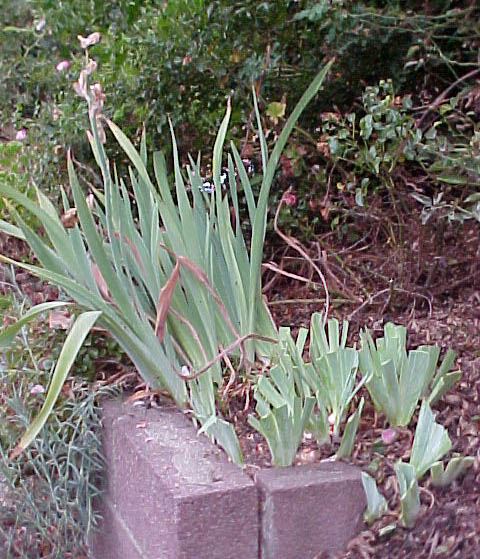
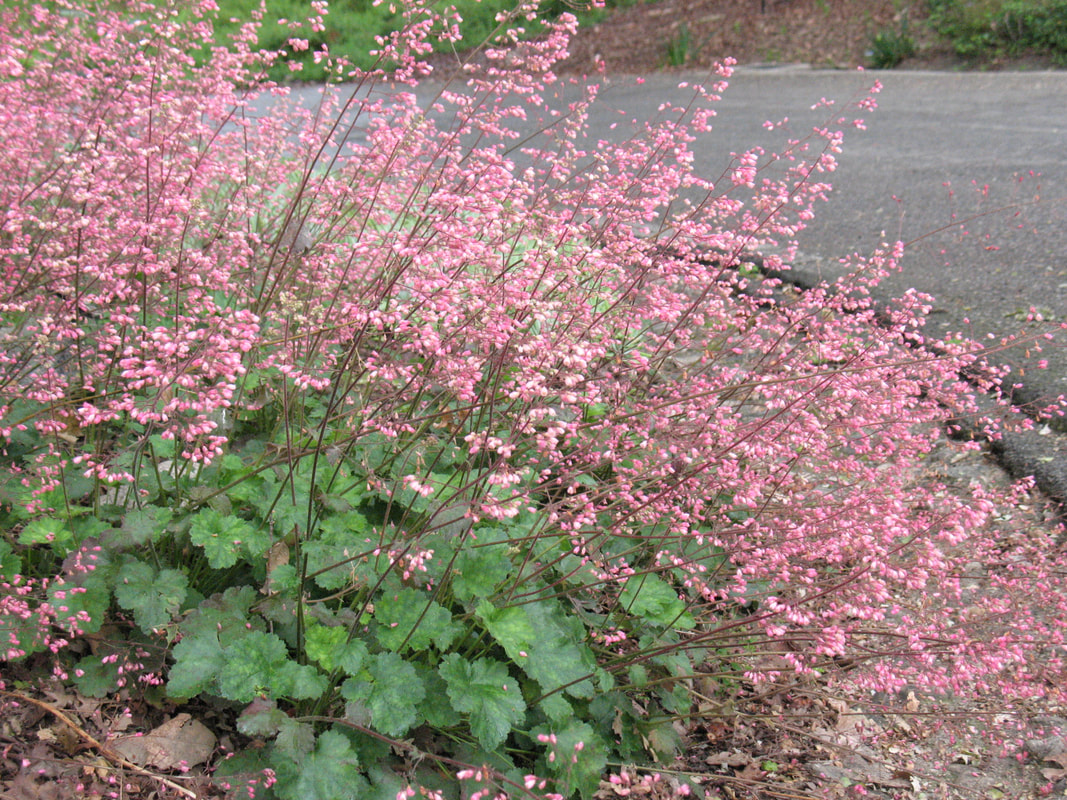
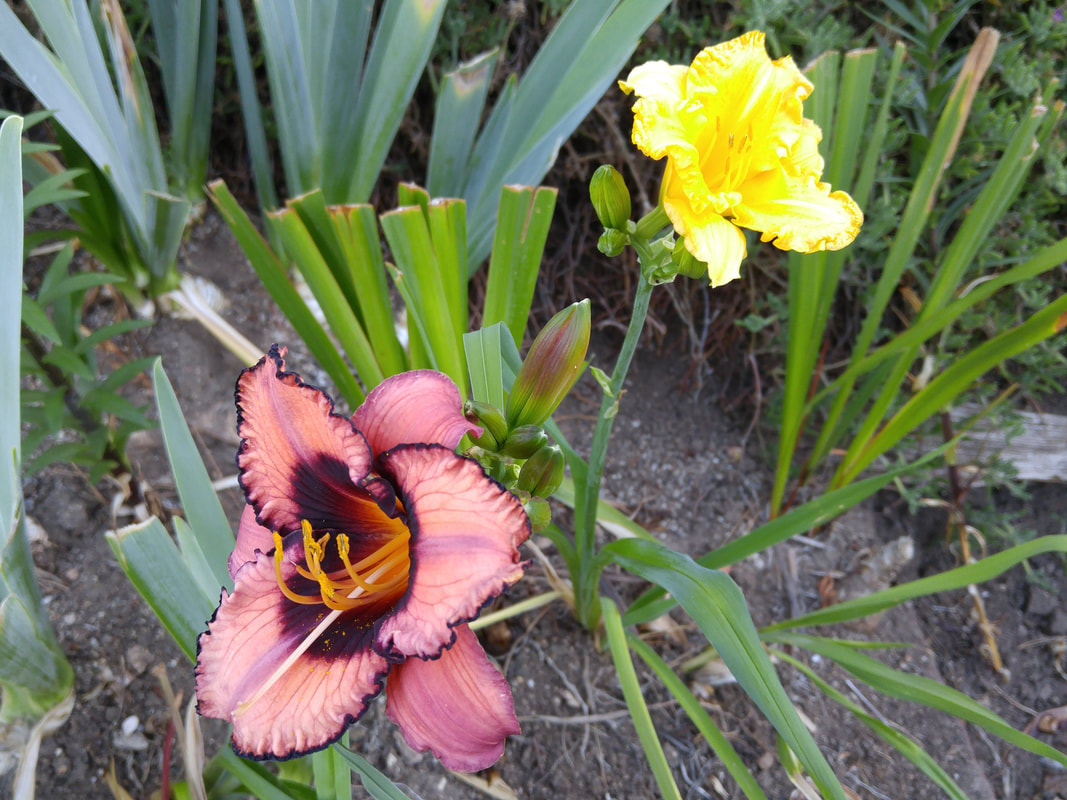
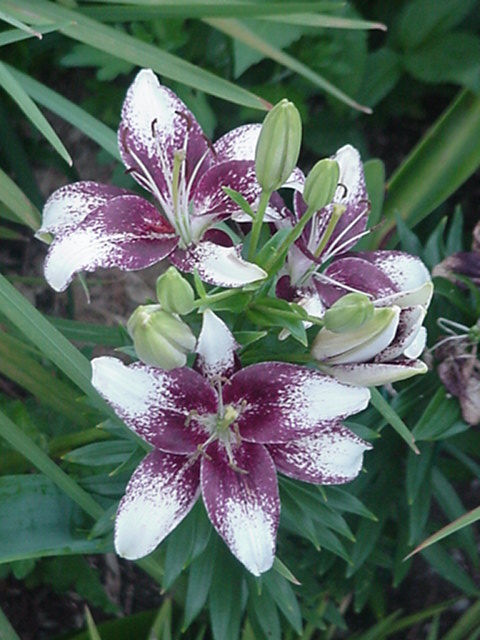
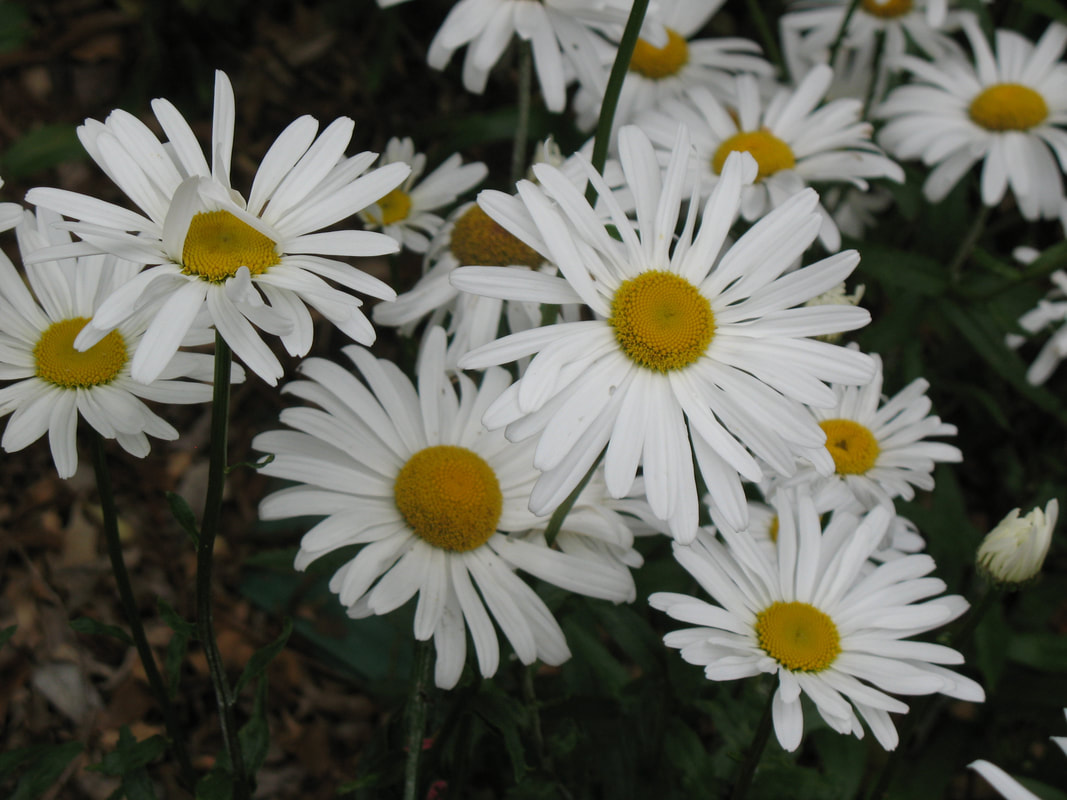
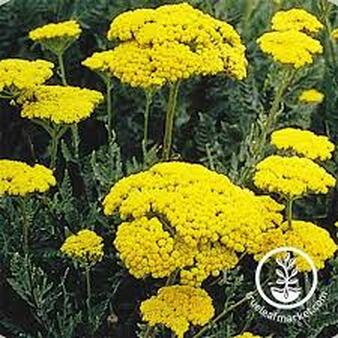
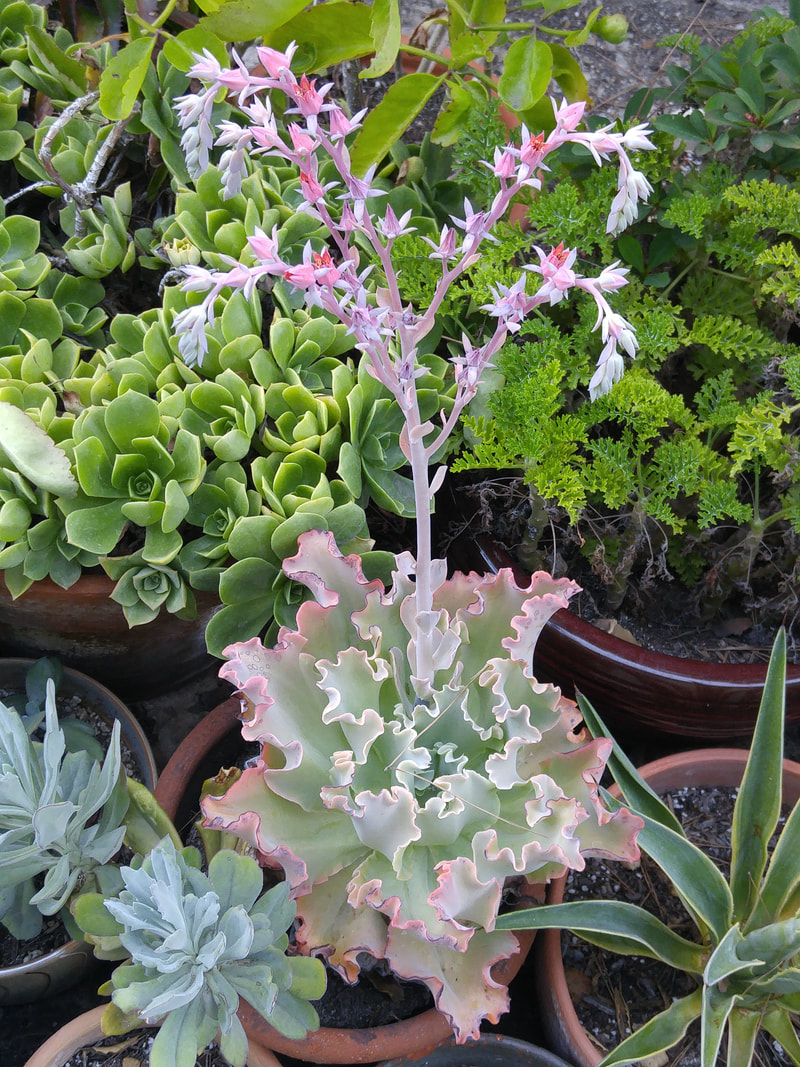
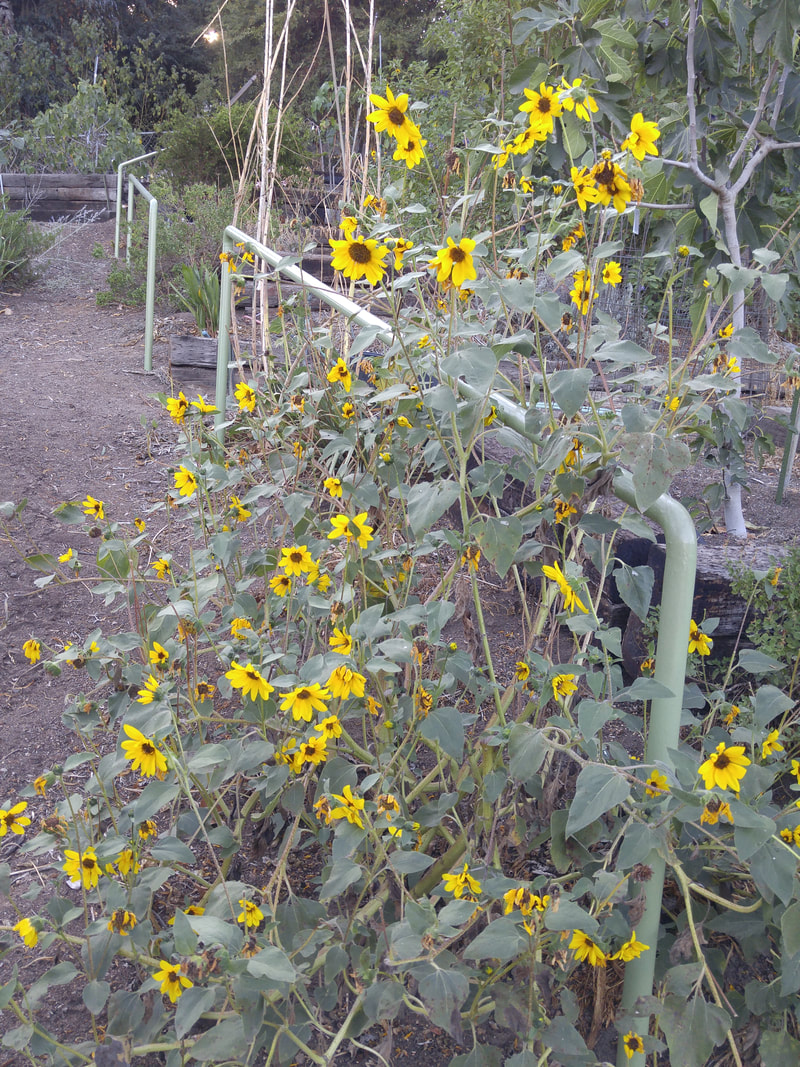
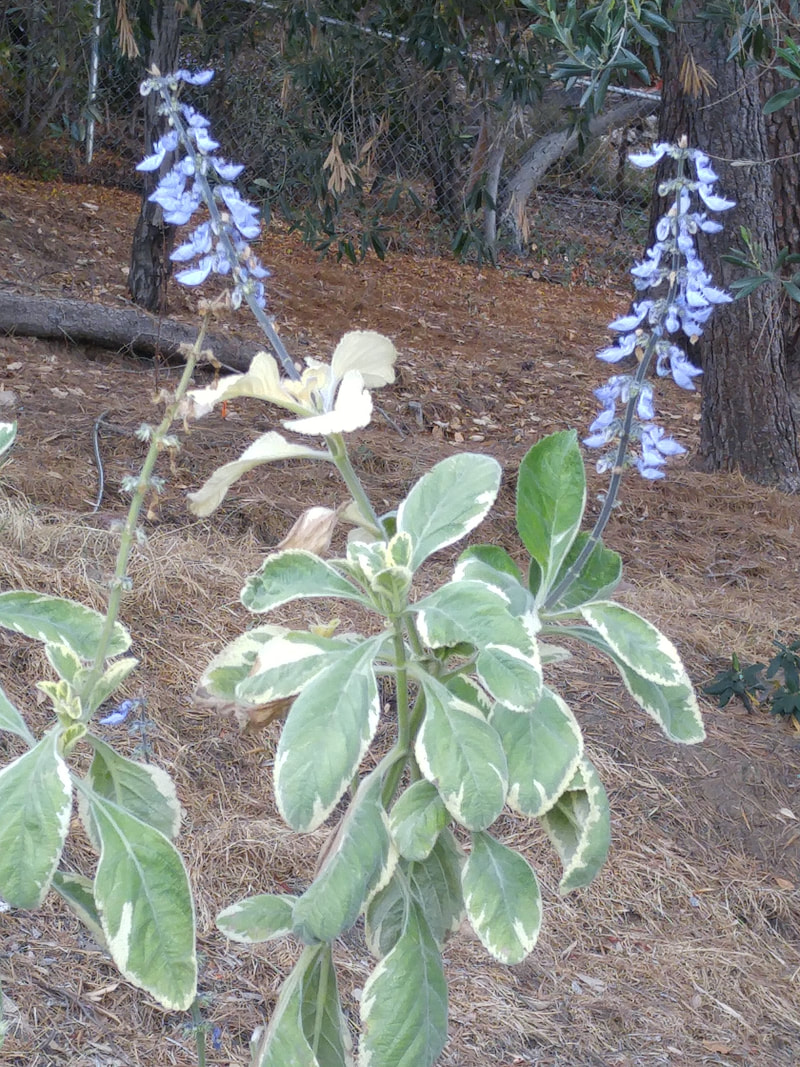
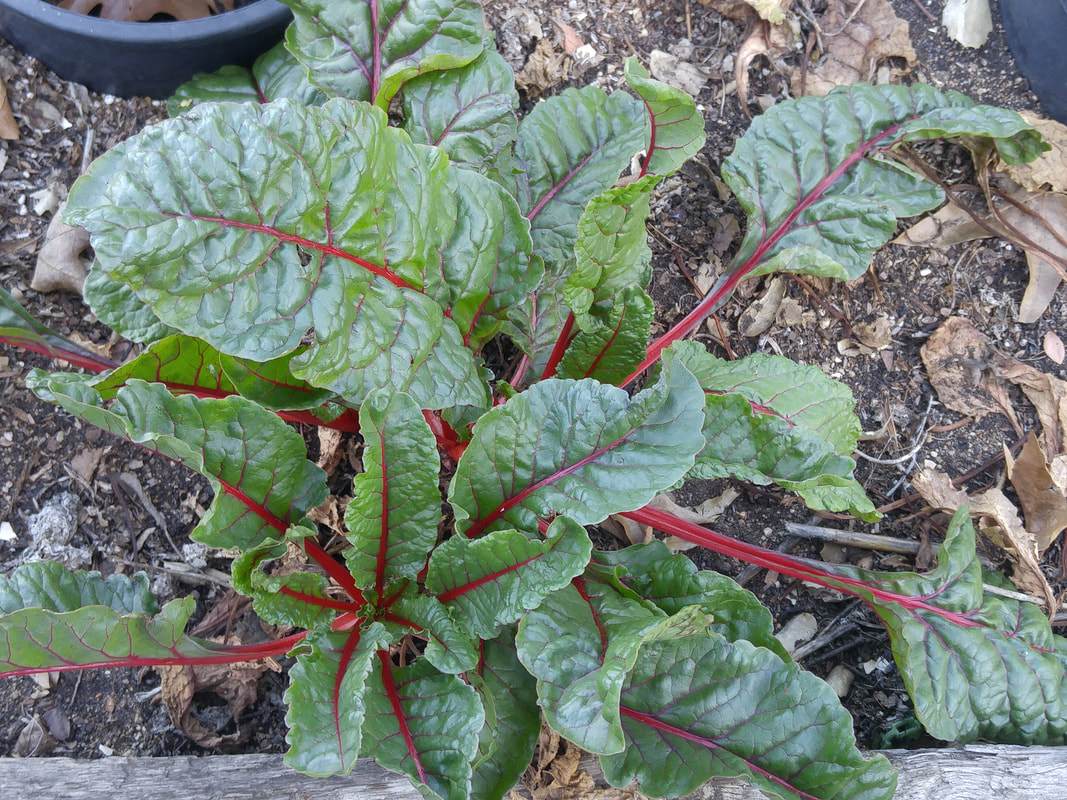
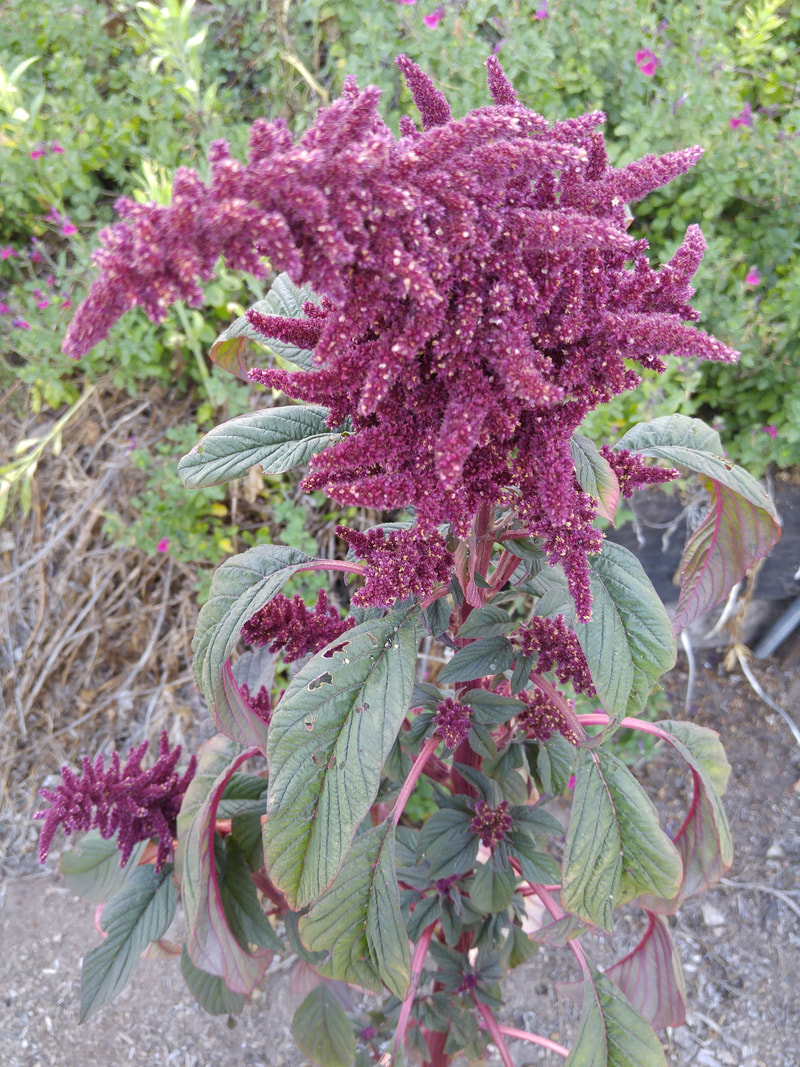
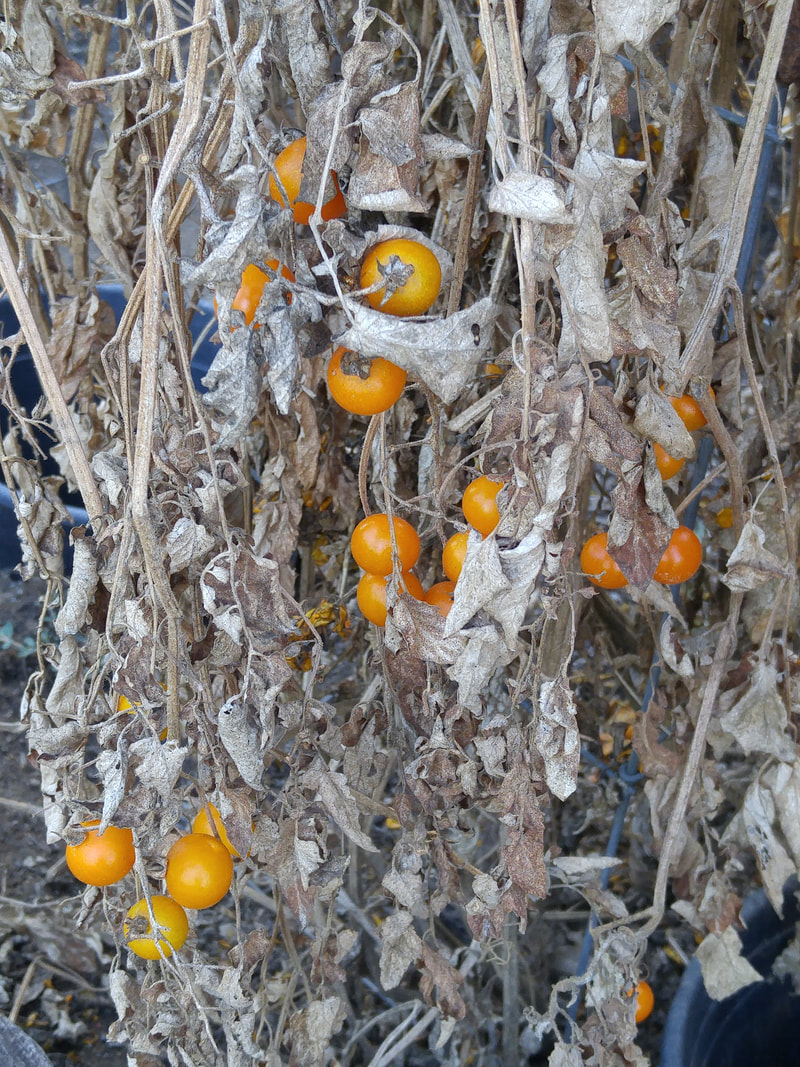
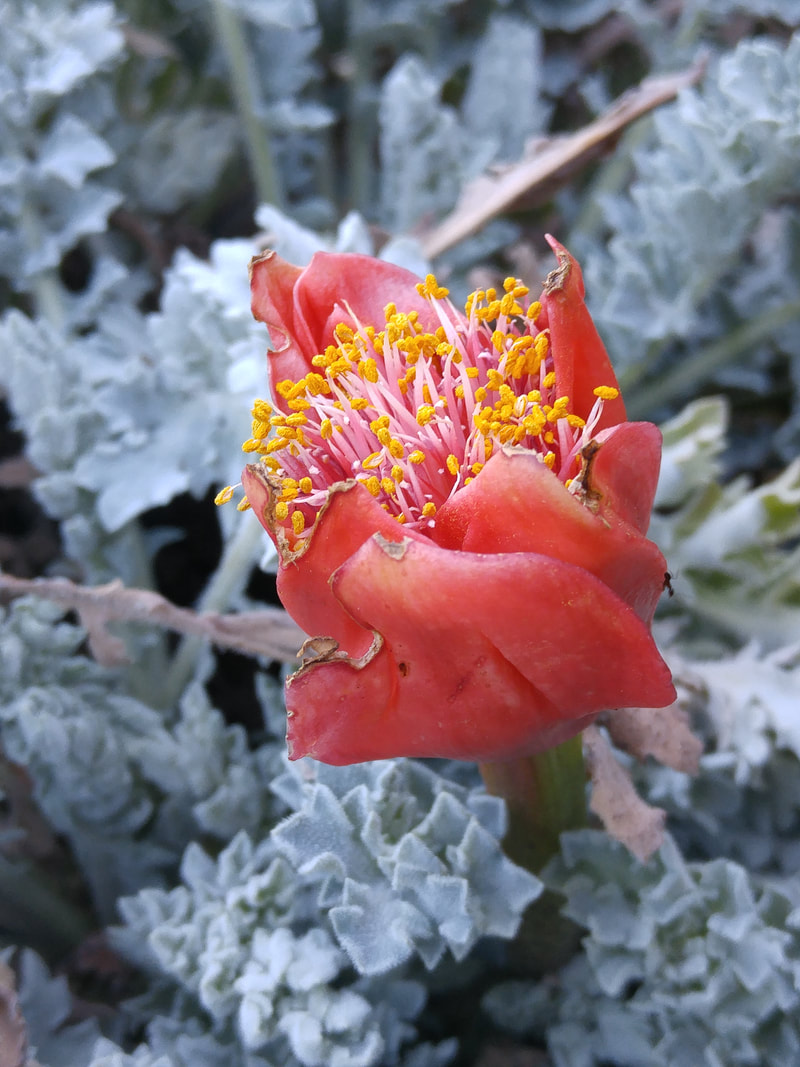
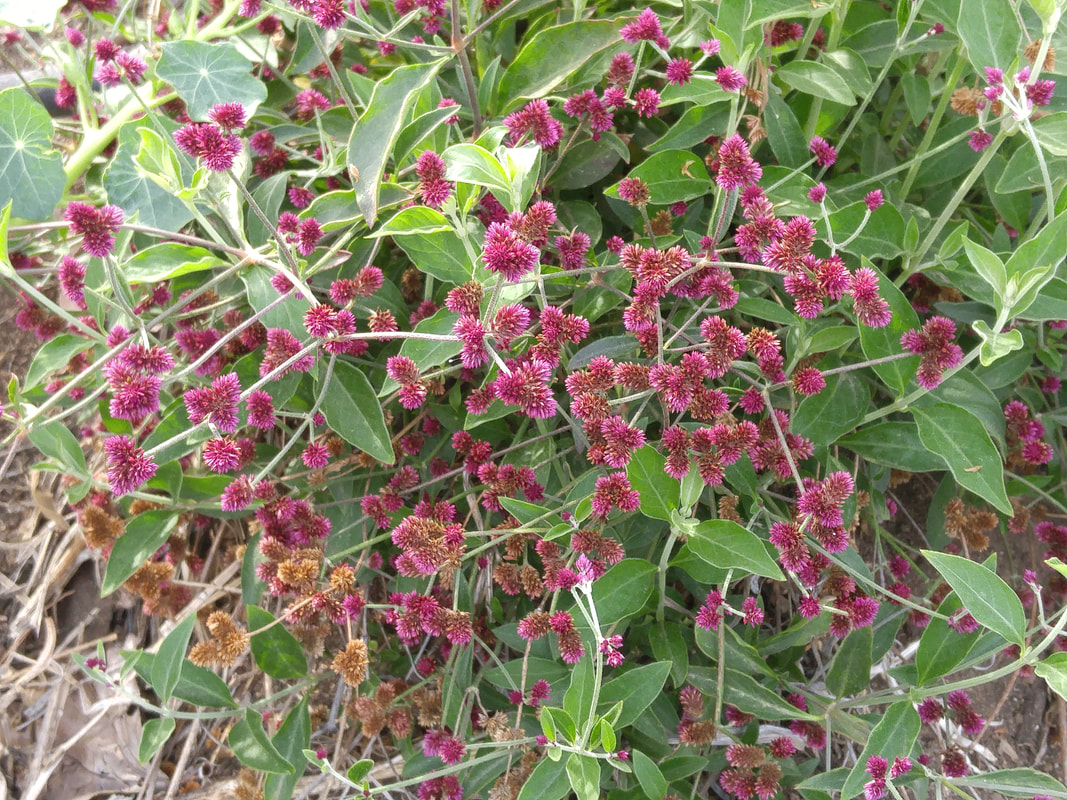
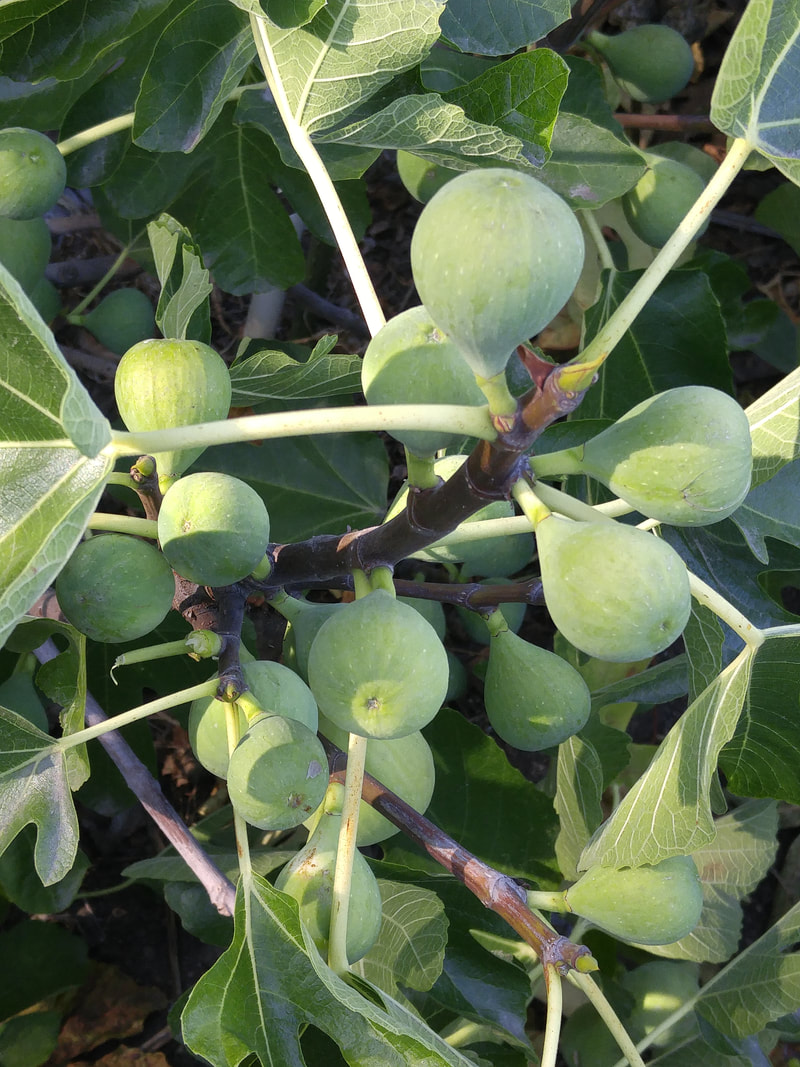
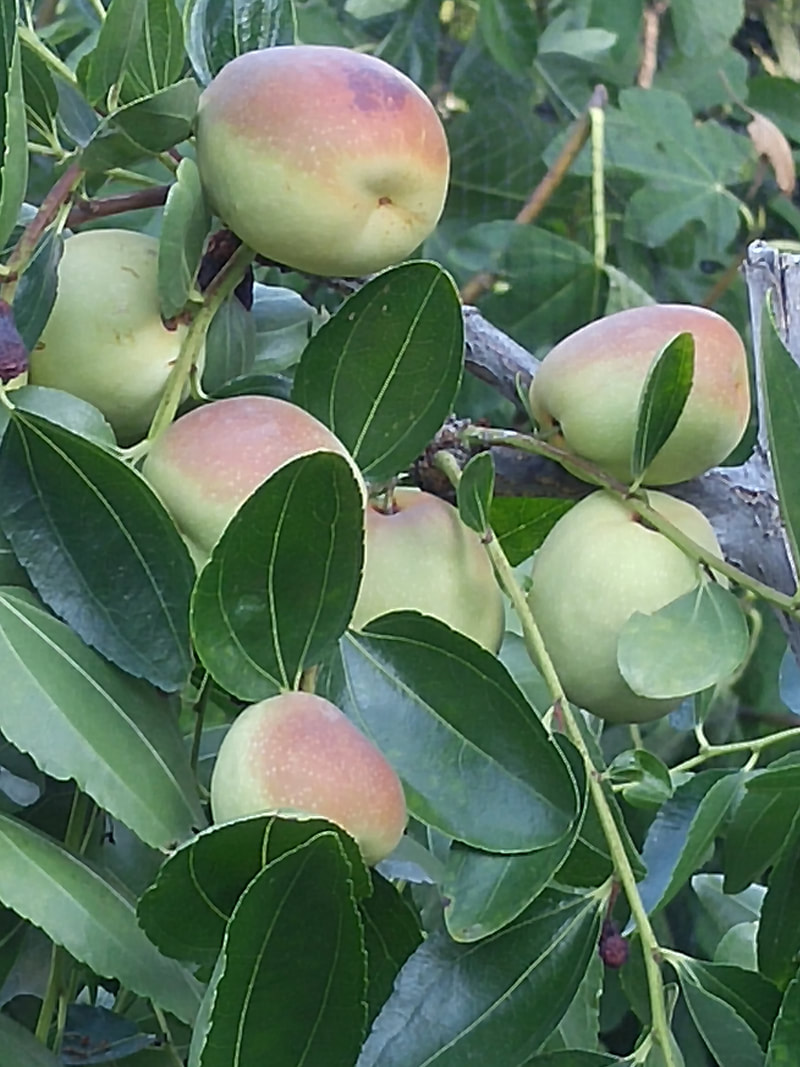
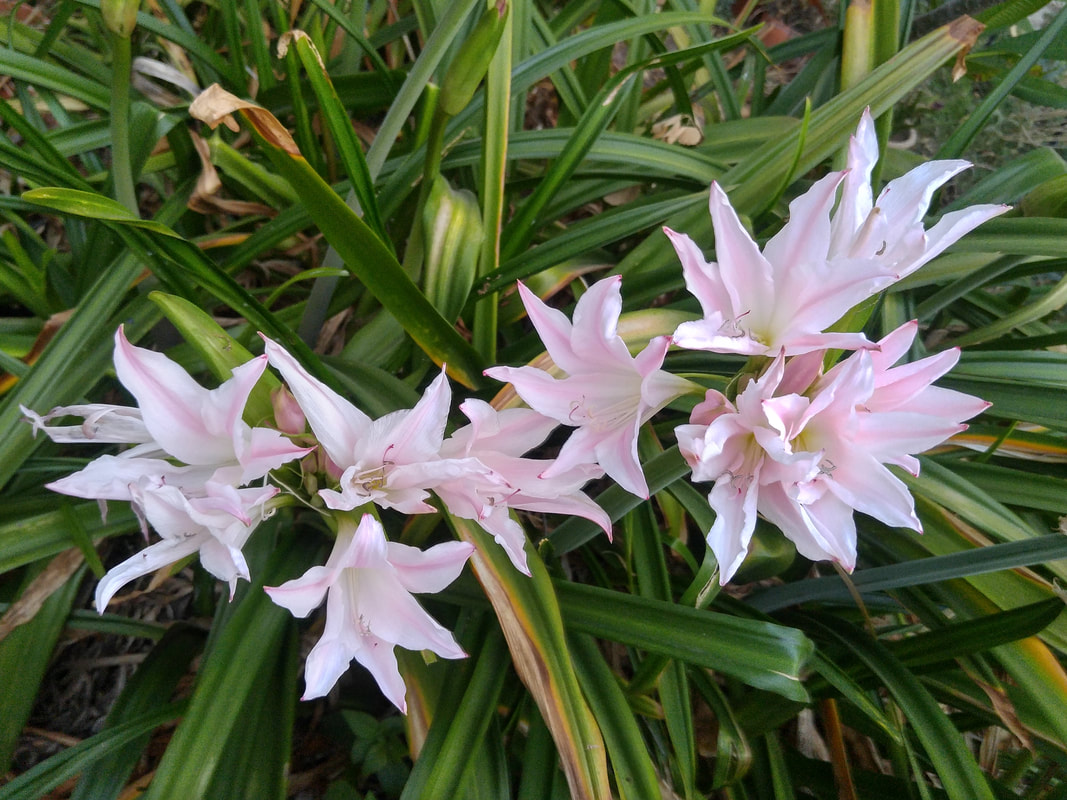
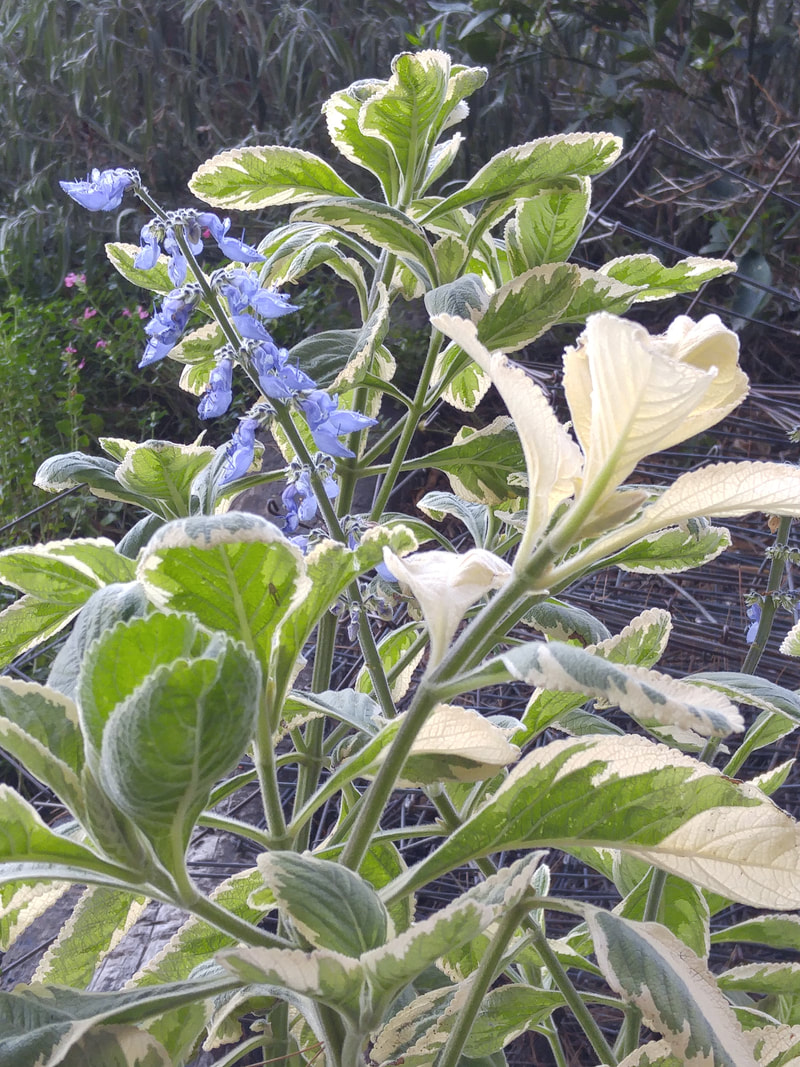
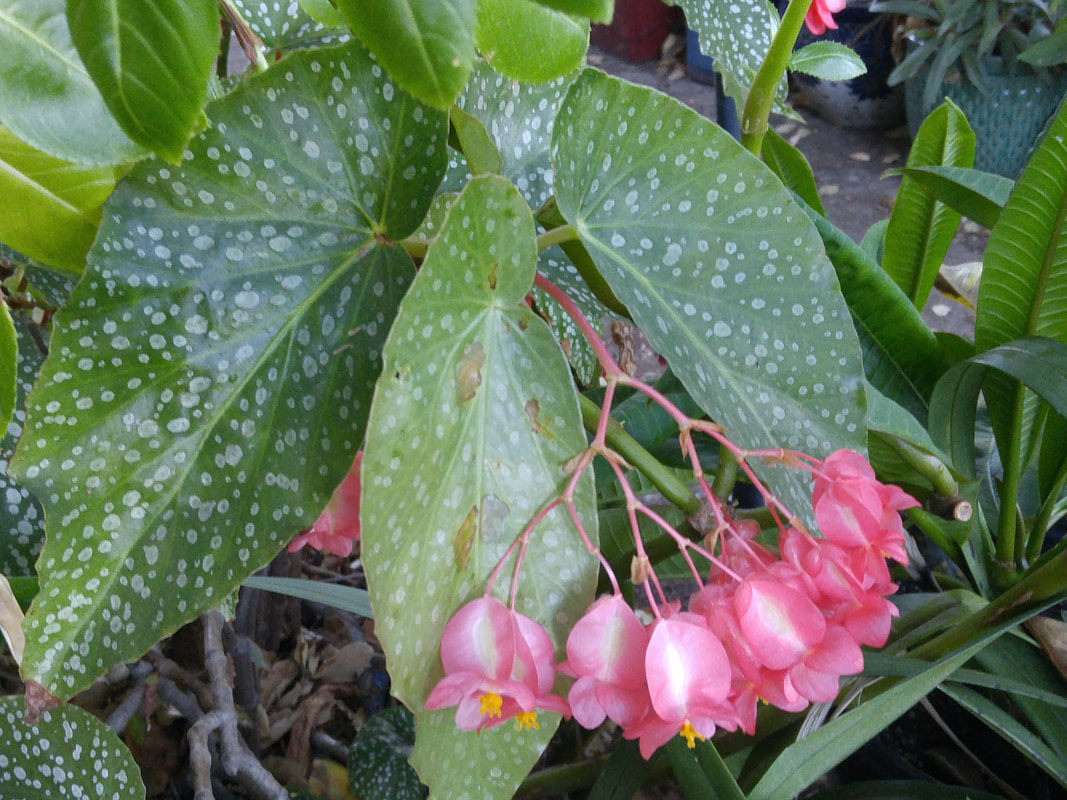
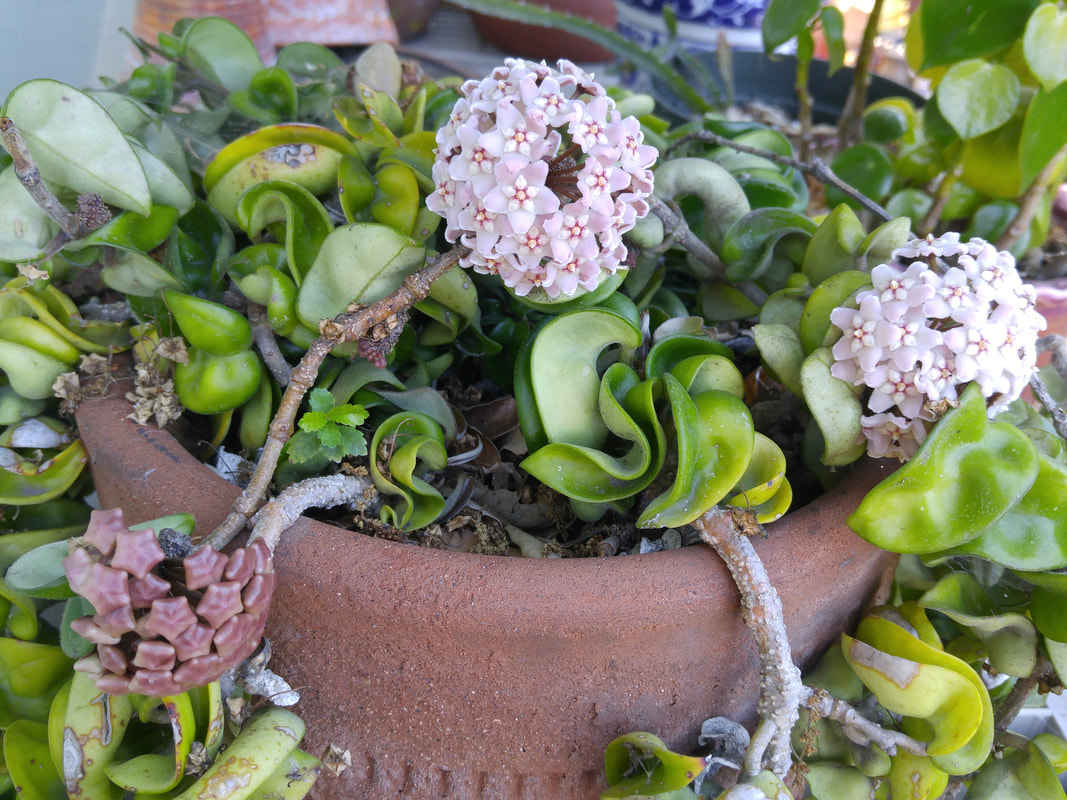
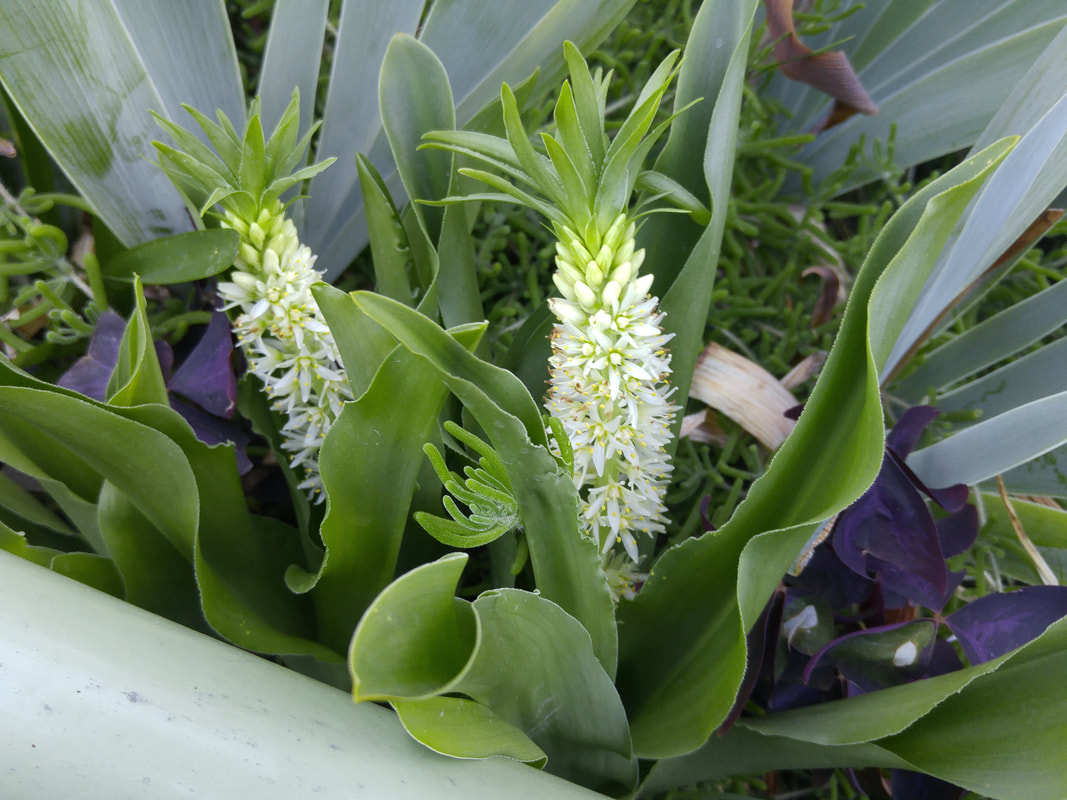
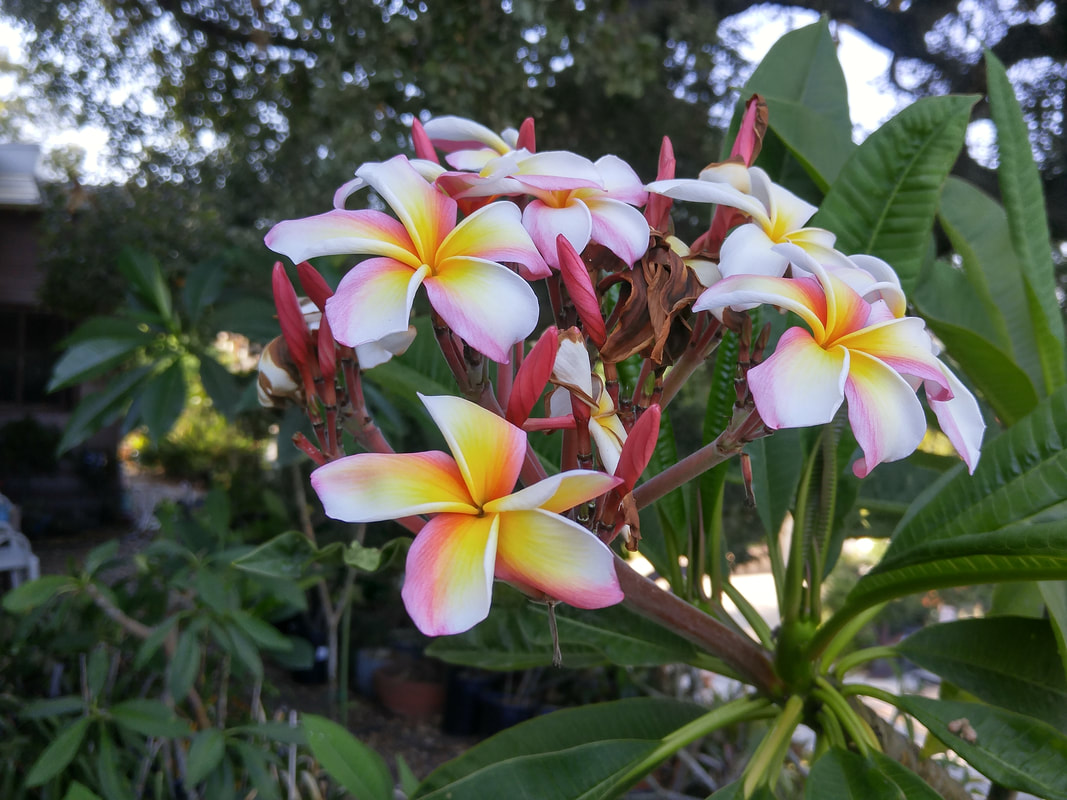
 RSS Feed
RSS Feed